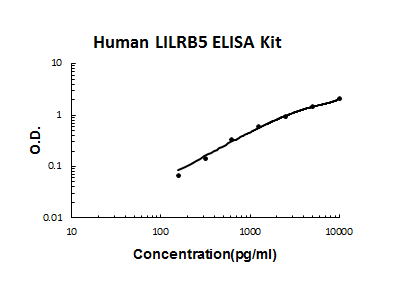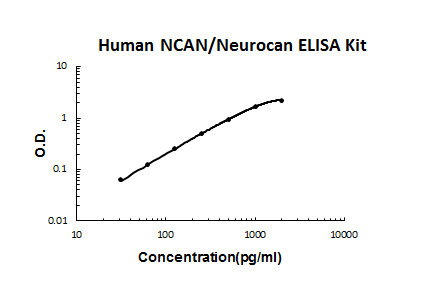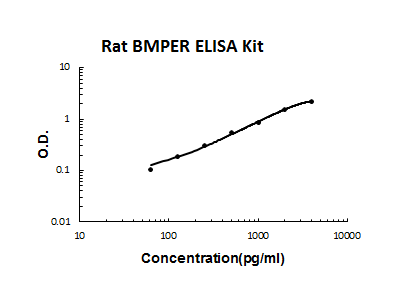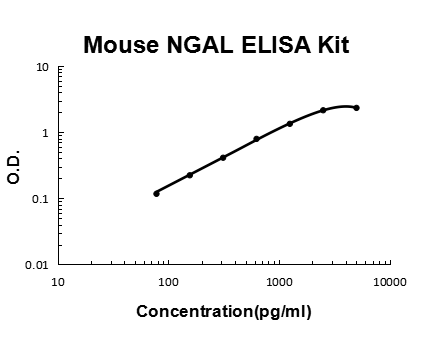Description
Cayman’s HDAC Cell-Based Assay provides an easy tool for studying HDAC activity modulators in whole cells. By using a cell-permeable HDAC substrate, the activity of various protein lysine-specific deacetylases, including HDAC1-containing complexes, can be measured in intact cells in a simple and homogenous manner. The fluorescence of the deacetylated reaction product can be analyzed with excitation wavelengths between 340-360 nm and emission wavelengths between 440-465 nm. An HDAC inhibitor, trichostatin A, is included for checking specificity of the HDAC reaction. This assay compliments Cayman’s HDAC Activity Assay (Item No. 10011563), which uses a nuclear extract rather than whole cells for the assay. Together, both assays will help to identify whether an inhibitor/activator has a direct effect on the enzyme.
Formulation:
Formal name:
Synonyms: Histone Deacetylase
Host:
Imunogen:
Applications:
Clone:
Purity:
Origin:
Product Type|Assay Kits|Cell-Based Assays||Product Type|Assay Kits|Fluorometric Assays||Research Area|Epigenetics, Transcription, & Translation|Erasers|Histone Deacetylation




